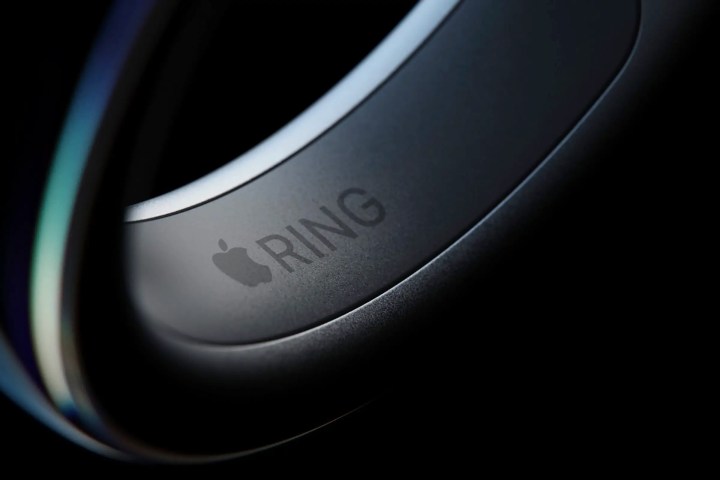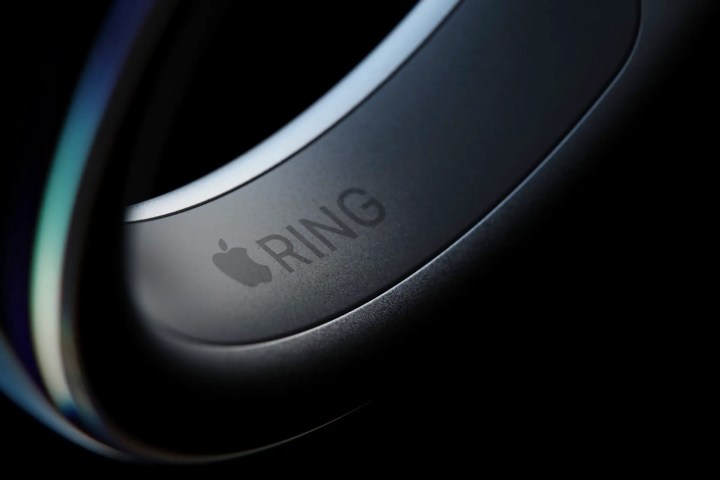
The wearable market is constantly evolving. It started with fitness trackers that were worn on your wrist, and then we got smartwatches such as the Apple Watch in 2015. These days, smartwatches are a dime a dozen, but we are quickly entering a new era of wearables: the smart ring. One of the first smart rings to hit the market was the Oura Ring, which launched in 2015 through a Kickstarter campaign. The second iteration came out in 2018, and the current third generation of the Oura Ring was released in 2021.
I’ve been using the Oura Ring for several years now, but many competitors have shown up in the space recently: Movano’s Evie Ring, the RingConn Smart Ring, Ultrahuman Ring Air, Circular Ring Slim, and more. Samsung even teased its own upcoming Galaxy Ring at the end of its January 2024 Galaxy Unpacked event.
Rumors have circulated for a while about even Apple entering the smart ring space, largely due to a few patents the company has filed. However, in a recent Power On newsletter from Bloomberg’s Mark Gurman, it appears that the Apple smart ring is still just an idea, as the company is not actively working on the device.
However, even with just the possibility of an Apple Ring coming in the future, it has one trick up its sleeve that could make it worth waiting for. Let me explain.
Apple’s secret to smart ring success

I’ve been wearing fitness and health trackers for a long time, even before the Apple Watch. I started with a Jawbone UP before moving on to Fitbit after Jawbone went defunct. When the Apple Watch came out in 2015, I was skeptical, but eventually caved in months after its release and fell in love.
Though the Apple Watch started out fairly basic, Apple has continued to add health-tracking features with almost every generation ever since. It started out with just heart rate tracking, burned calories, and steps. Today, it has evolved to include ECG, fall detection, sleep tracking, blood oxygen saturation, and even body temperature. All of that health and fitness data gets synced over to the Fitness and Health apps on your iPhone.
Since I’ve been using an Apple Watch for a long time, I have many years worth of data in my Health and Fitness apps since I back up and restore that data with iCloud. Whenever I try out a new health wearable, I like to make sure that it can also sync that tracked data back to Apple Health so that everything is in a single place.

If Apple were to create this hypothetical smart ring, it would already have access to Apple’s Health app, which is very comprehensive and continues to get better over time. There wouldn’t be a need for a separate app that would need to sync back to Apple Health, which is the case for many third-party options. In some cases, there isn’t even Apple Health integration, so that data is siloed within whatever app came with your smart ring.
With an Apple Ring, you wouldn’t have to worry about any of this. It would sync seamlessly with your Apple Health app, it would count toward your activity rings and challenges in the Fitness app, and it could almost certainly integrate with Apple Fitness Plus. Combine that with similar exercise-tracking capabilities of the Apple Watch, and it’s not hard to see why this would be so impressive. There’s a reason so many people trust Apple’s health and fitness tools. If Apple can shrink all of that down into a ring, it would surely have a winner on its hands.
Why bother with a ring when there’s the Apple Watch?
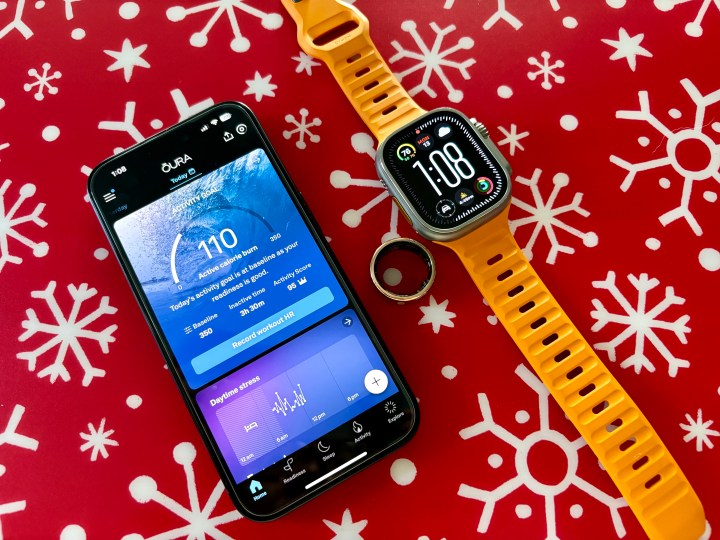
That sounds great, but there’s also this to consider: Why would anyone want an Apple ring when the Apple Watch exists? That’s a fair point.
A lot of people buy an Apple Watch because they want health tracking, 24/7 heart rate monitoring, calories burned, steps taken, blood oxygen saturation tracking, ECG, and body temperature for family planning purposes. But not everyone likes wearing a watch on their wrist every day, and not everyone uses apps or makes phone calls with their wrist. Plus, the Apple Watch is typically another device that you need to charge every single night.
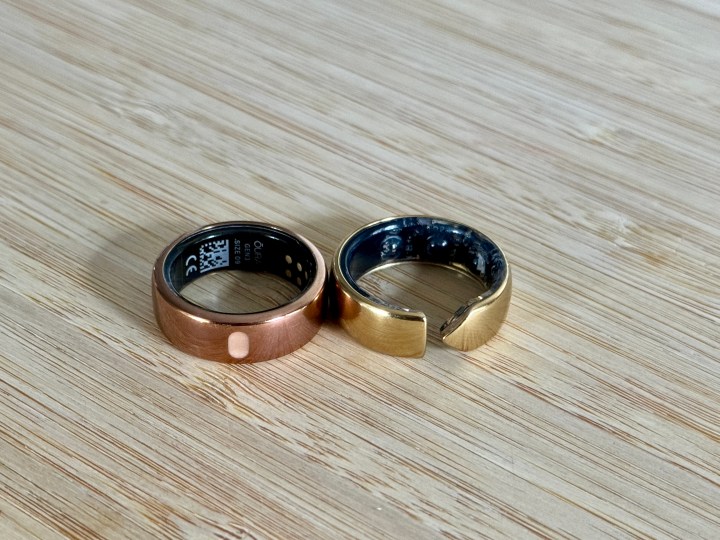
A ring is a lot more unobtrusive than wearing a watch, especially when going to bed every night. For example, I have an Apple Watch Ultra, but I find it too bulky to sleep with; I stick with my Oura Ring, which I barely notice. Plus, a smart ring can last anywhere from a few days up to a week, depending on the enabled features.
Another benefit of a smart ring would be the lack of a display, which is a common thing with the smart rings that are currently available. That would also help make a smart ring more affordable than an Apple Watch, which starts at $399. Even though the ring would not have a screen, it would still be able to gather that key health data you would wear an Apple Watch for, and it would be less of a distraction throughout the day.
A perfect smart ring for iPhone users?
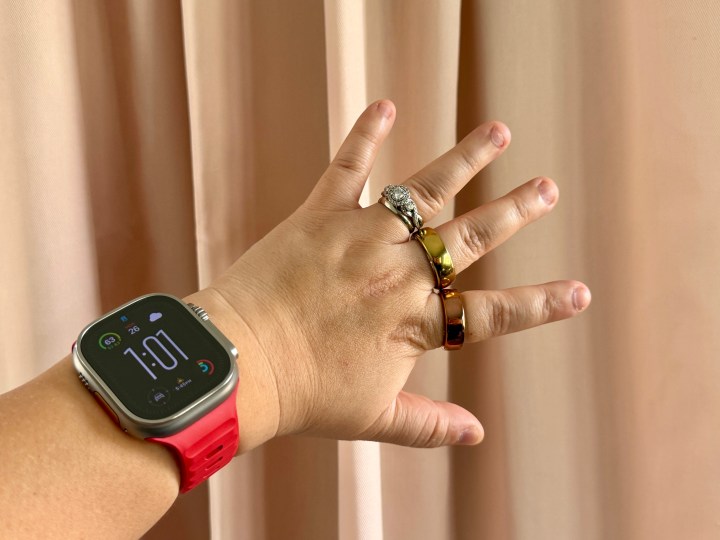
As mentioned earlier, Apple has patents that hint at a possible smart ring in the future, but that’s also never a guarantee. Companies can file patents, but they may never actually come to fruition. And from the sounds of it, the idea of a smart ring from Apple is still just an idea, as it does not seem to be in active development.
Regardless, if you’re an active Apple Watch user and are waiting for a smart ring that works flawlessly with your iPhone and Apple’s health platform, the Apple Ring may be worth waiting for.
Apple isn’t always first in a new product category, but it has the potential to make or break it. Smart rings today are excellent, but one that works flawlessly with the Apple Health app, can access the entire Apple Fitness suite, and ties in seamlessly with your years and years of Apple Watch data? That sounds pretty fantastic.
Now, we just need to wait for Apple to make the darn thing.
Editors’ Recommendations
Services Marketplace – Listings, Bookings & Reviews
